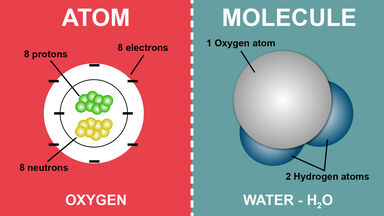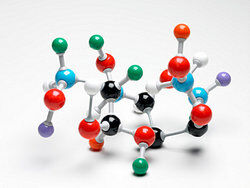Rutherford had announced the nuclear theory of atomic structure which required each atom to consist of a minute positively charged nucleus about which negative electrons were distributed.
But from a study of Dalton's own MS. laboratory notebooks, discovered in the rooms of the Manchester society, Roscoe and Harden (A New View of the Origin of Dalton's Atomic Theor y, 1896) conclude that so far from Dalton being led to the idea that chemical combination consists in the approximation of atoms of definite and characteristic weight by his search for an explanation of the law of combination in multiple proportions, the idea of atomic structure arose in his mind as a purely physical conception, forced upon him by study of the physical properties of the atmosphere and other gases.
It was then assumed that each of the two constituents of the neutral fluid had an atomic structure and that the so-called particles of one of the electric fluids, say positive, repelled similar particles with a force varying inversely as a square of the distance and attracted those of the opposite fluid according to the same law.





